Two years ago, John Simpson was a crime reporter on the trail of violent gangs. After three bouts of Covid he was exhausted, depressed and living back with his parents.
Fumbling, I try one more time to button up the duvet cover. Under a crushing wave of fatigue, it’s an almost impossible task. It feels as if my ribs are closing in on my lungs. My fingers are weak and shaky. It’s hard to imagine that I once had the strength to go undercover as an England football hooligan, shaving my head and facing gangs of Russian thugs and volleys of tear gas. Now I’m failing miserably to change the bedsheets.
I’ve been the Times crime correspondent for the best part of a decade. I’ve reported on football violence, exposed Isis terrorists grooming children as jihadi brides and sat through court cases of gruesome murders. But three debilitating bouts of Covid have changed all that. There have been times I’ve doubted I would ever make it to my own front door again, let alone the press gallery of the Old Bailey.
Since first getting Covid two years ago, I’ve undergone blood tests and scans, taken antibiotics, antihistamines, vitamins and supplements and been given inhalers and vaccinations. I’ve forsworn alcohol and caffeine. I now drink green juice in the mornings and swim in cold water daily. I bloody meditate. I’ve become a new man, one I might have scoffed at and called a tosser before. These days I am willing to do anything to repel the brutalising complications of long Covid – from total exhaustion to blinding dizziness that has left me so enfeebled that, aged 37, I have had to move back in with my parents for spells – including becoming a male guinea pig for a new luxury treatment programme in Italy.
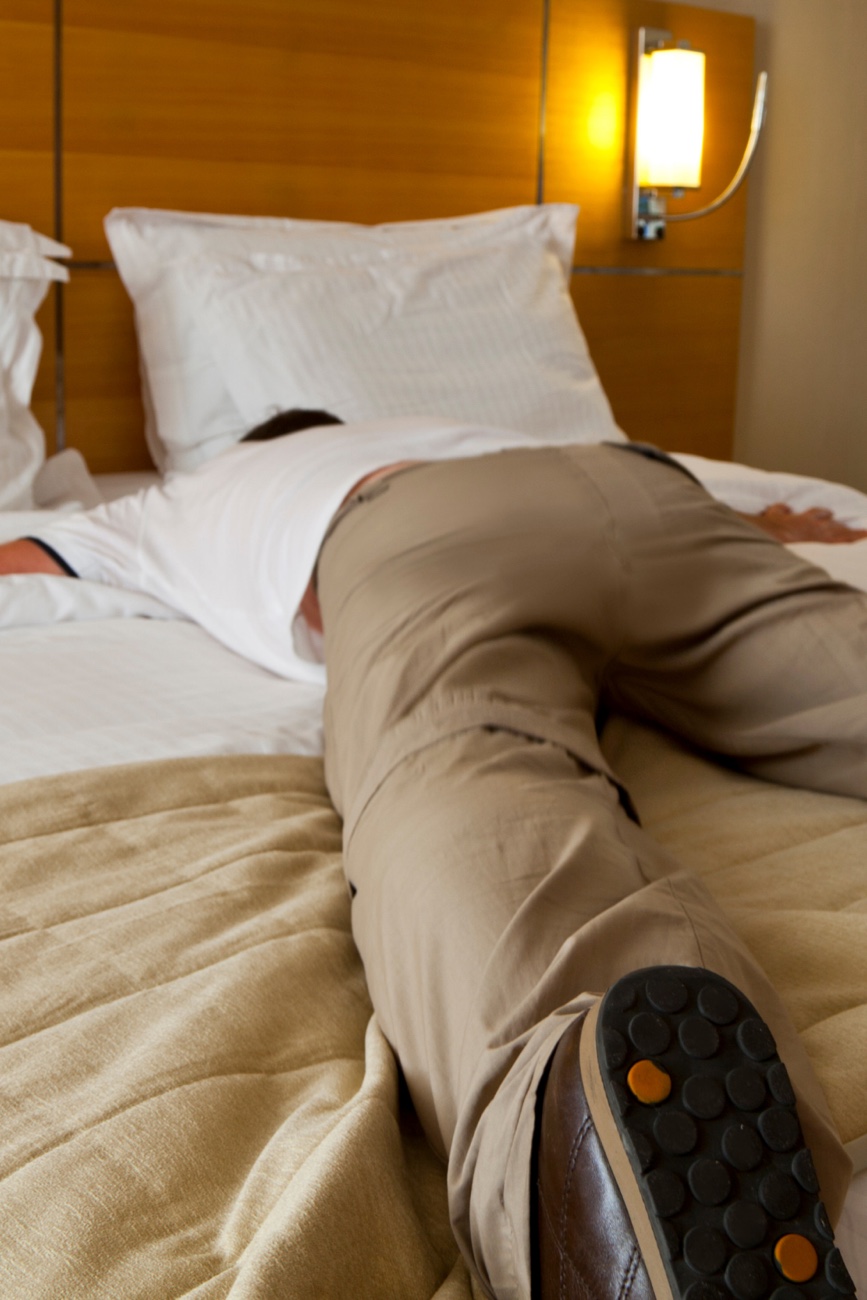
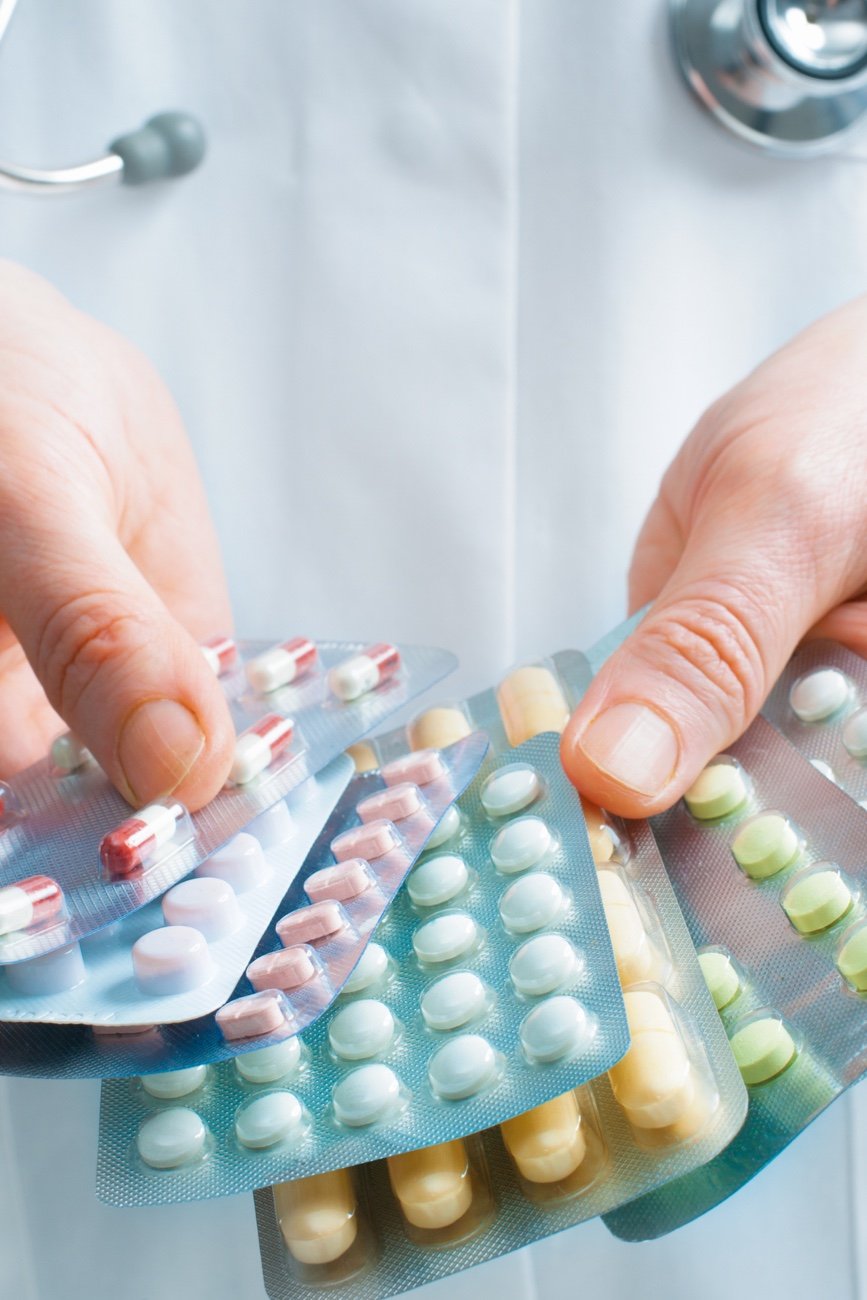
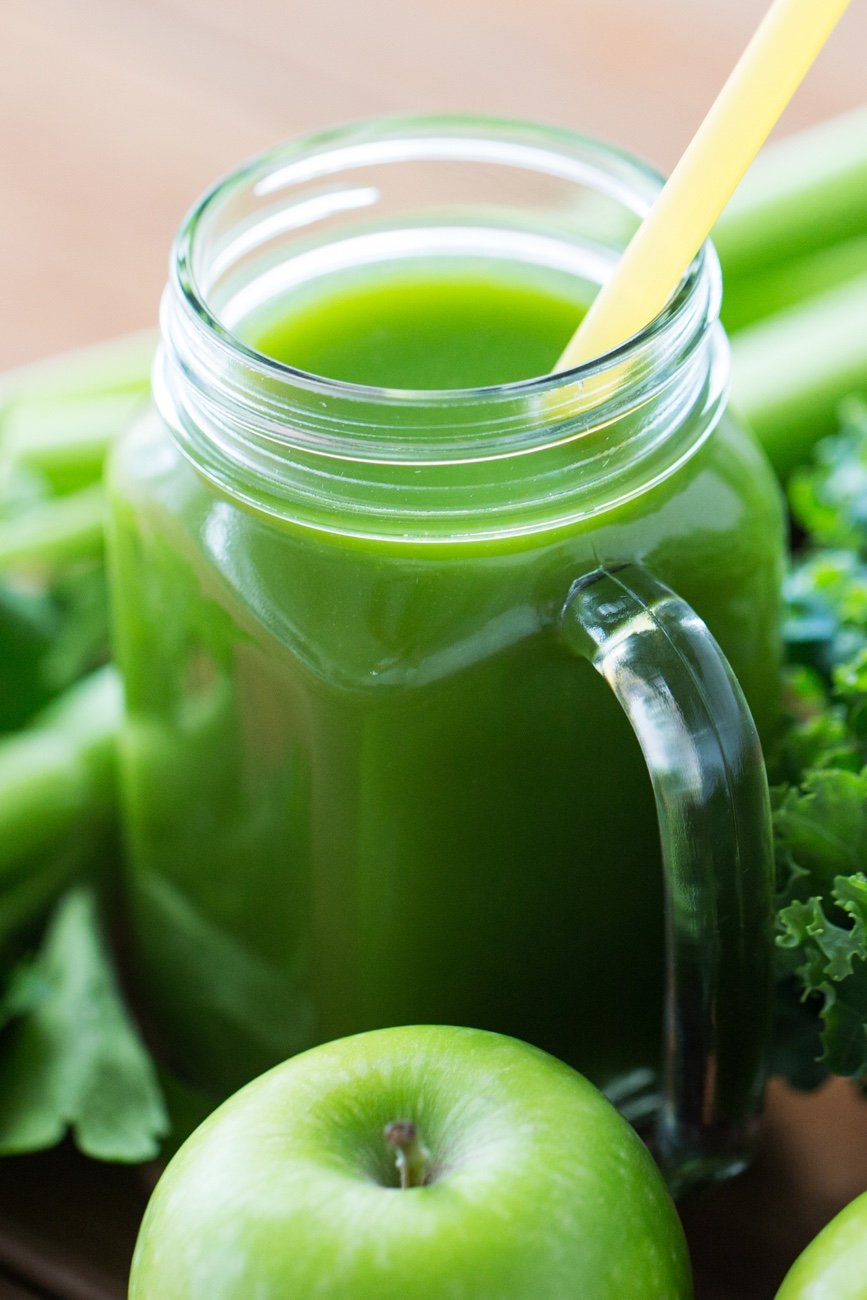
I was isolating in my little flat in London when the UK went into that first lockdown in March 2020. Outside my window, the world stopped. Inside, I coughed, suffered searing headaches and a raging fever, all the symptoms of this terrifying new disease that was tearing across the globe. I was as sick as I’d ever been, but being young and fit I thought I would simply get my pandemic out of the way early.
Doctors weren’t using the phrase “long Covid” yet. Nobody was. Weeks went by. I got better. I got worse. I had good days and bad days and, through the brain fog, I kept working. That summer, I went out to cover the Black Lives Matter demonstrations and racist counter-protests in London and took heart from the fact that I’d survived a day traipsing from one end of Whitehall to the other.
I spent the next three days struggling to make it from my kitchen to my living room. Doctors had no answers. Tests and scans showed no deficiencies in my blood or scarring on my lungs. I was repeatedly asked if I might have indigestion.
That August a specialist found that an asthma inhaler significantly improved my lung capacity. Tentatively, I began to exercise without ending up feeling like someone had sunk weighted fish hooks into my skin. My mood, which had reached a real low when there was nothing left to watch on Netflix, improved. Then, on Christmas Day, I noticed my throat was sore. At 1am on Boxing Day my phone vibrated. “This is NHS Test & Trace…” Happy f***ing Christmas.
A therapist diagnosed severe depression and a psychiatrist prescribed antidepressants. The drugs worked and, with the help of an excellent psychologist, a lot of support and, yes, meditation, I no longer need them. By February this year, when I got Covid for the third time and faced the now familiar long-term complications, I was ready to try anything to bounce back.
Shine’s Regeneration Retreat in Italy is a series of holistic therapies designed around a low-carb, low-protein diet that replicates the body’s response to fasting with the goal of provoking stem cell activity. The idea is that this might help reduce inflammation in the body. A massive immune response that prompts an explosion in white blood cell activity is believed to be the root cause of long Covid.
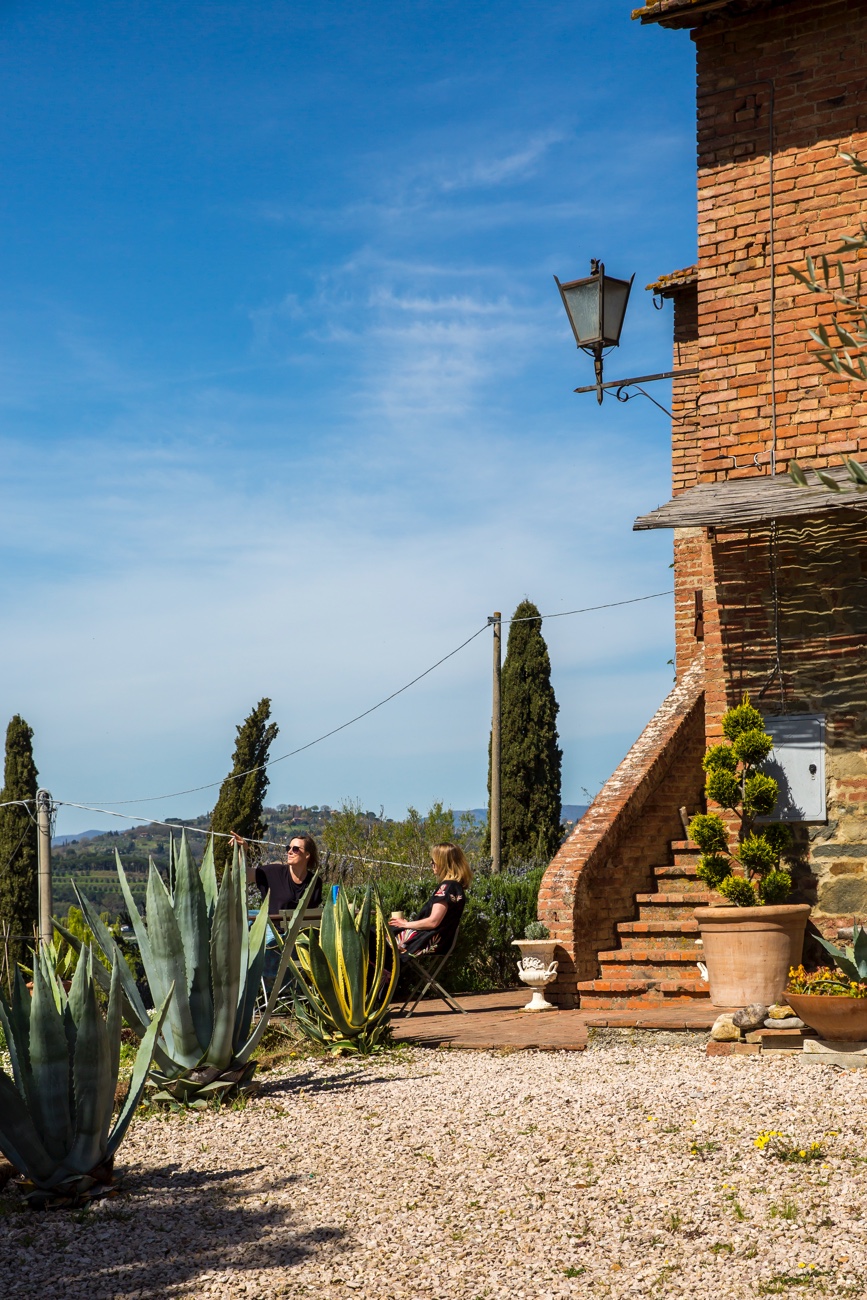
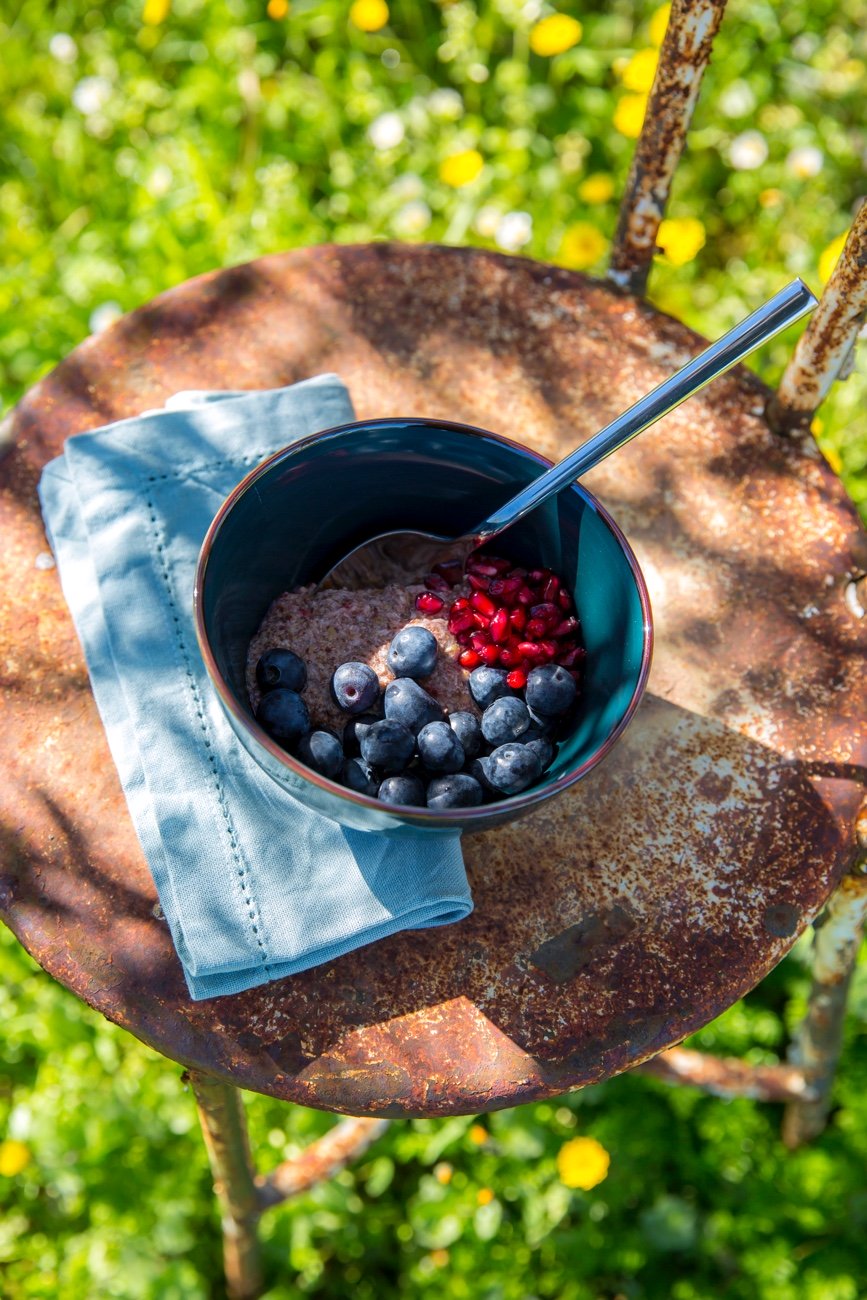
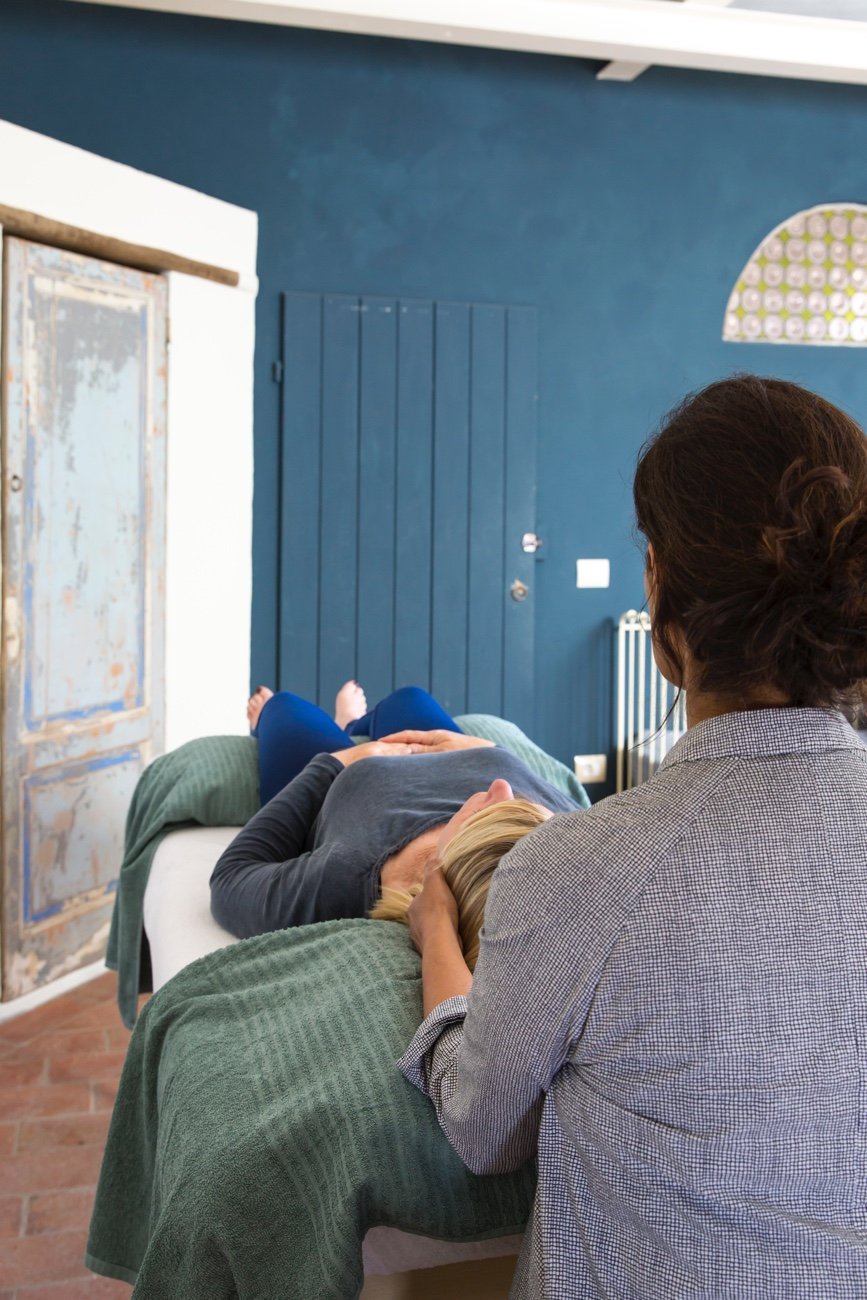
Michelle McKenzie, Shine’s nutritionist, developed the “fast” as part of her own recovery from long Covid and saw rapid improvements. Shine then set about designing a week-long programme, which would include massage, cranial osteopathy, qigong sessions and a “sound bath”, that might benefit sufferers of a range of chronic conditions.
It would clearly be more relaxing than my day job. The question was, would the retreat, which costs from £2,400 to £3,400 per person, simply be a nice week spent being extremely hungry and getting pampered or might it work?
Day One
Boarding the plane at Stansted, I remember that on my last assignment in mainland Europe I cried. A tear gas canister had clanked along the cobbles of a backstreet in Lille while I stood in the middle of the drunken troublemakers at Euro 2016, pint in hand, learning that Russian hooligans are generally bigger and scarier than their English counterparts. The trip to Europe before that was to Paris after 130 people were murdered in terror attacks at the Bataclan theatre and crowded bars and restaurants.
This is a very different assignment, but my symptoms are at their worst and in this state it feels almost more onerous. The journey is heavy going, but I’m greeted by glorious sunshine at Perugia airport, where I meet the six other retreat guests. Among them is a mother whose daughter is so unwell she couldn’t make the journey herself. She should be finishing her first year at university with her friends, but more than a year since her first infection, she’s barely mobile. There’s also a yoga teacher and masseuse who is struggling to make ends meet due to desperately low energy levels, and a sound therapist who has faced similar struggles.
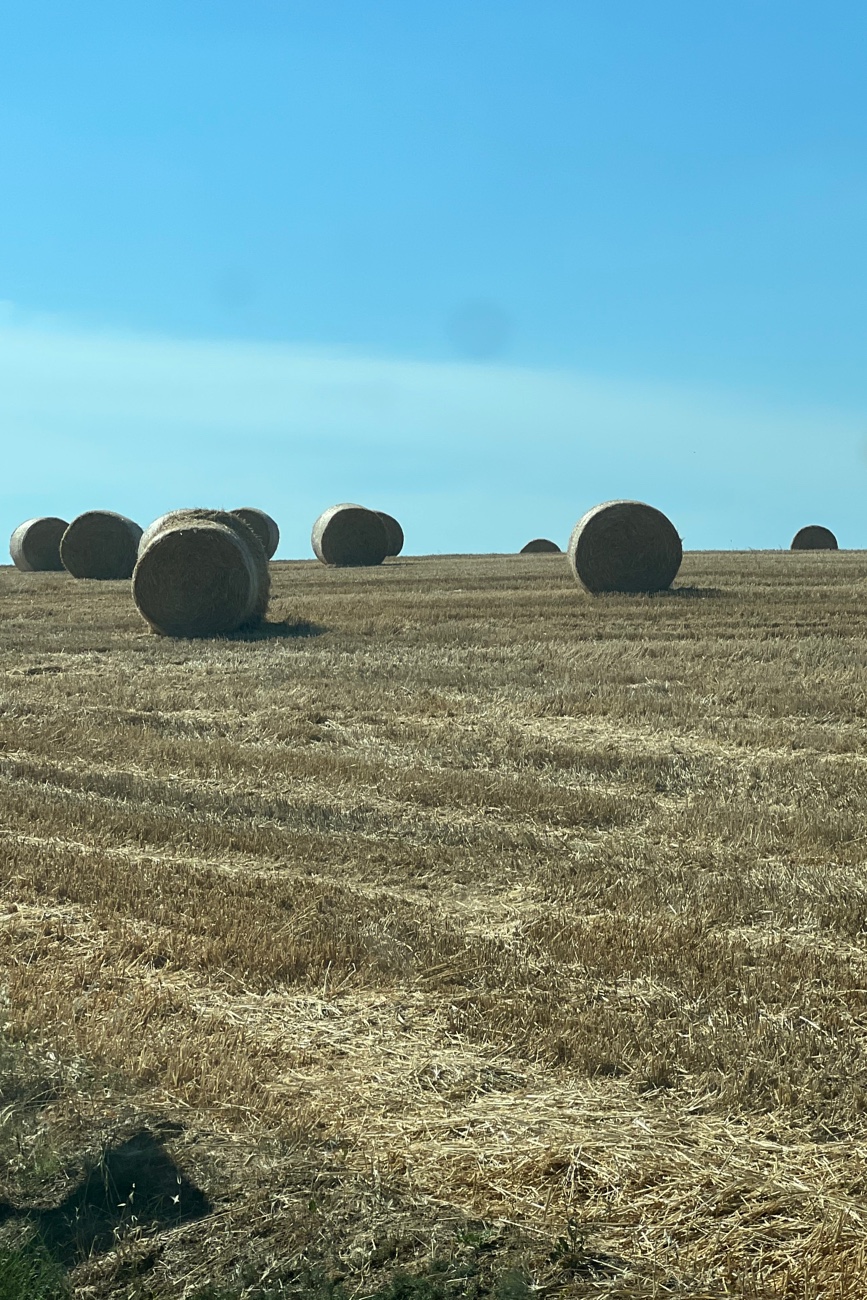
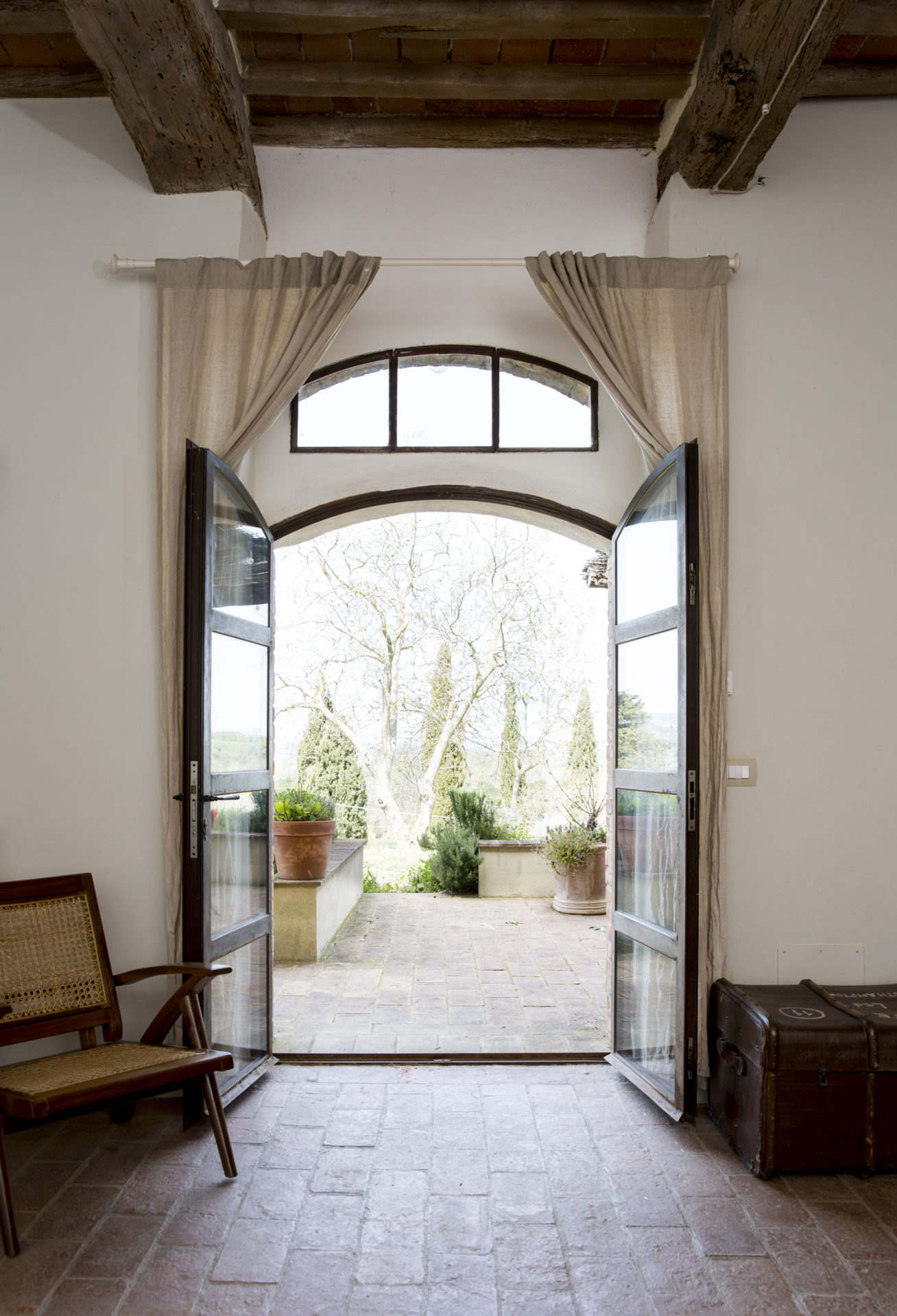
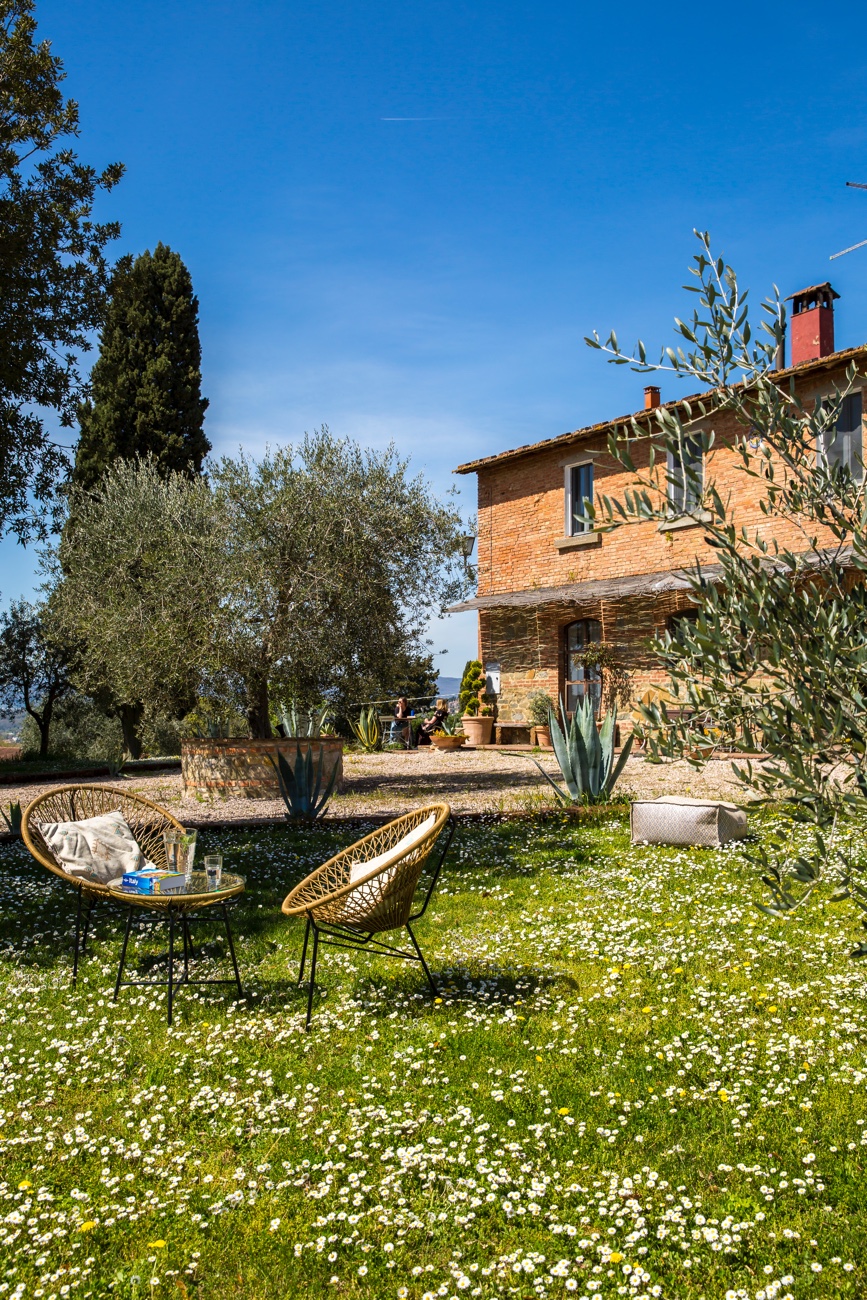
Siliano Alto is a striking old brick farmhouse set on a hilltop, and the drive to get there winds through country lanes lined with cypress trees. It’s airy and serene. It’s not a bad spot to be tired.
At suppertime we feast. Carla Octigan and Sophie McNicholas, our hosts, serve fresh fish, burrata, tomatoes and salads, chickpea crackers and hummus. I foolishly take this to be the first meal of the diet. I retire to my high-ceilinged room and breathe in the scent of fresh lavender and rosemary picked from the gardens.
Day Two: 1,100 calories and a massage
A physio table is brought into my room and I strip down for my first treatment – a 90-minute massage. The sun is streaming through the white cotton curtains and an acute sense of privilege is playing on my mind. Even though I am among some 1.3 million people in the UK who have suffered long Covid, I lost no loved ones to the pandemic and there are those worse hit than me. Still, my long trudge to this room has not been easy. As the massage ends and Practitioner Hayley D’Arcy leaves, I bawl my eyes out. I’ve been ill more often than not for two years, most of which I’ve spent alone, and here I am, being cared for somewhere beautiful.
This is the day we cut down to 1,100 calories of freshly prepared vegan food before reducing further to 700 per day. Michelle starts us off on a “grain-free” porridge made from almond flour, chia seeds, flax seed, hulled hemp seeds and berries. Yes, flax seeds and hemp, neither of which have ever passed my lips before. Lunch is to be a vegetable soup each day. Dinner today is a butternut squash salad with cavolo nero and pomegranate seeds. We start joking about stealing one another’s food.
Michelle gives an evening qigong class, a very slow movement meditation focused on feeling the energy in and around your body. Fatigued as I am, I enjoy it, even if I don’t have a clue what I’m doing.
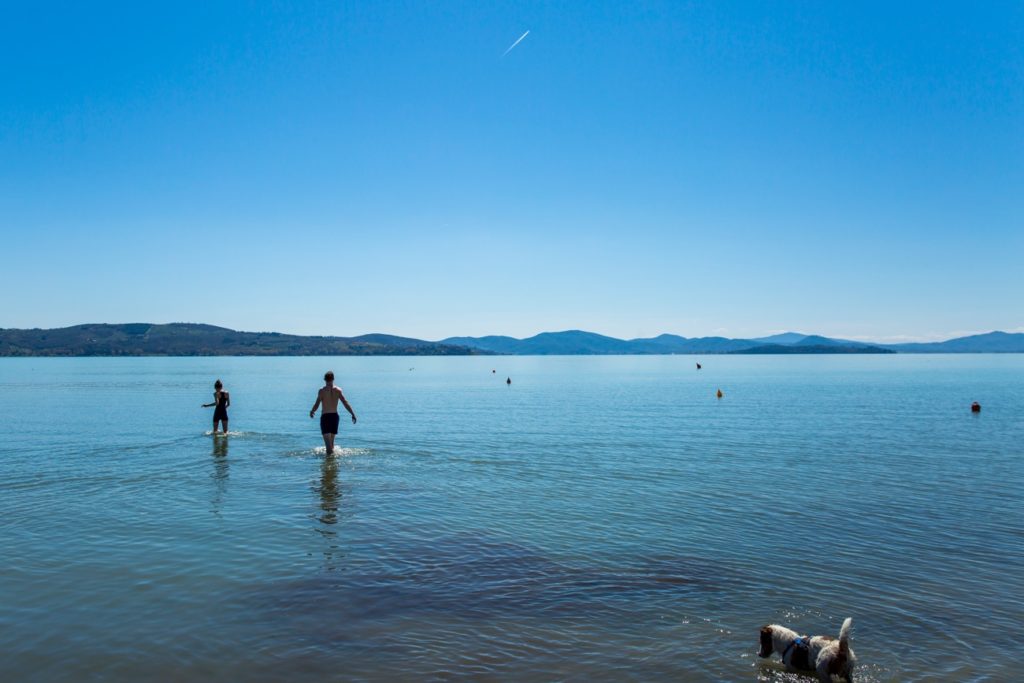 Day Three: 700 calories, cranial osteopathy and a cold swim
Day Three: 700 calories, cranial osteopathy and a cold swim
A fellow guest is a cold water swimmer like me and Carla offers to take us to Lake Trasimeno, “the sea of Umbria”, which is ten times the size of Windermere.
A recent study by an Australian university and hospital showed sustained inflammation for up to eight months in long Covid patients. That massive white blood cell activity, prompted by an overenthusiastic immune response, sometimes makes me feel as if my veins are too tight. The cold water is like putting ice on a swollen knee, and a daily surrender to the elements has kept me sane through the winter.
On our return, I’m presented with the reality of the diet: a bowl of 40g blueberries (about 20), 2 Brazil nuts and 3 walnuts. At 6ft 1in and weighing a little over 11 stone, it’s not what I would normally call breakfast.
I see Rehana Kapadia, the cranial osteopath. “We treat the patient, not the symptom,” she says. “We look at all the structures in the body, not just bones and muscles. We look at blood flow, lymphatic flow, where everything connects and how all the systems work together.”
That night, we eat courgettes, capers, cherry tomatoes and avocado as the sun fades in embers behind the Tuscan hills.
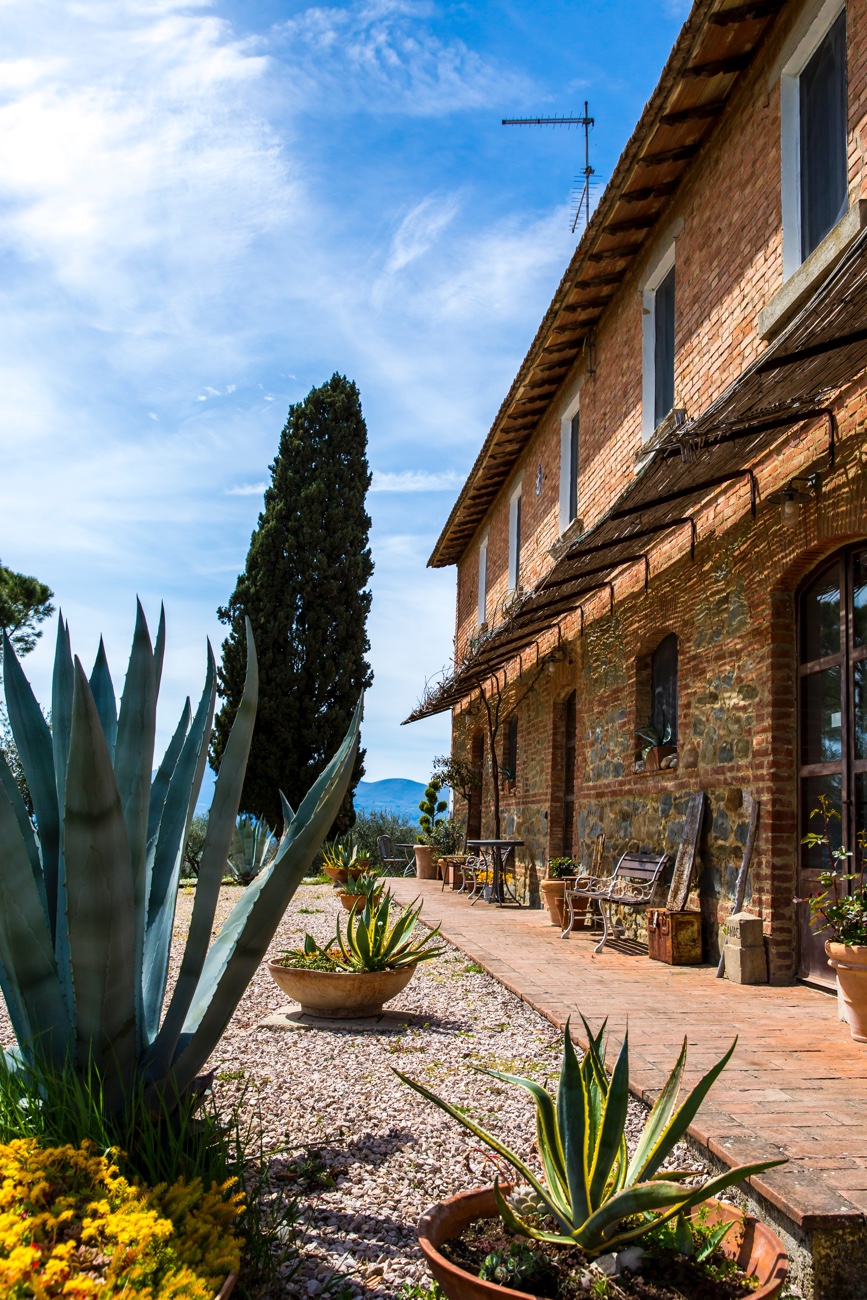
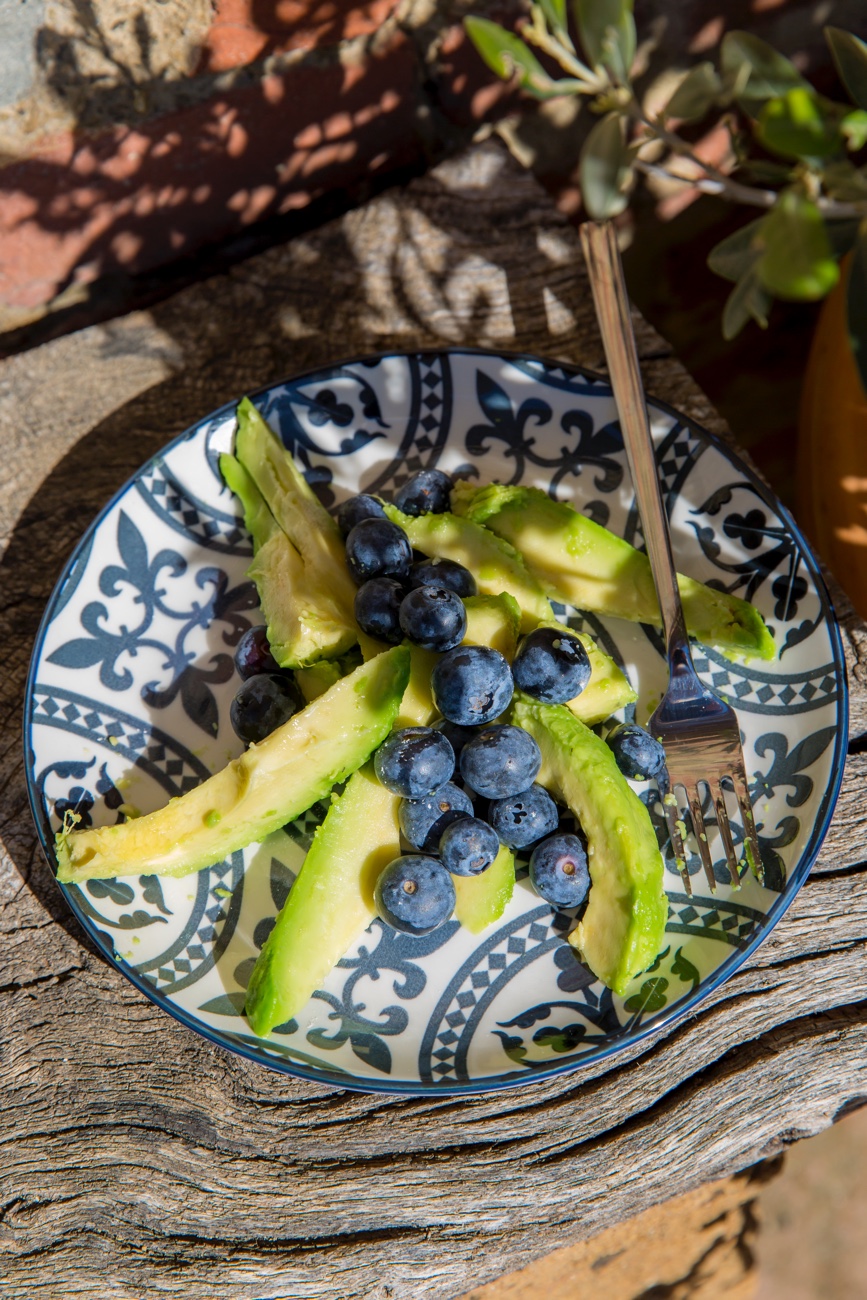
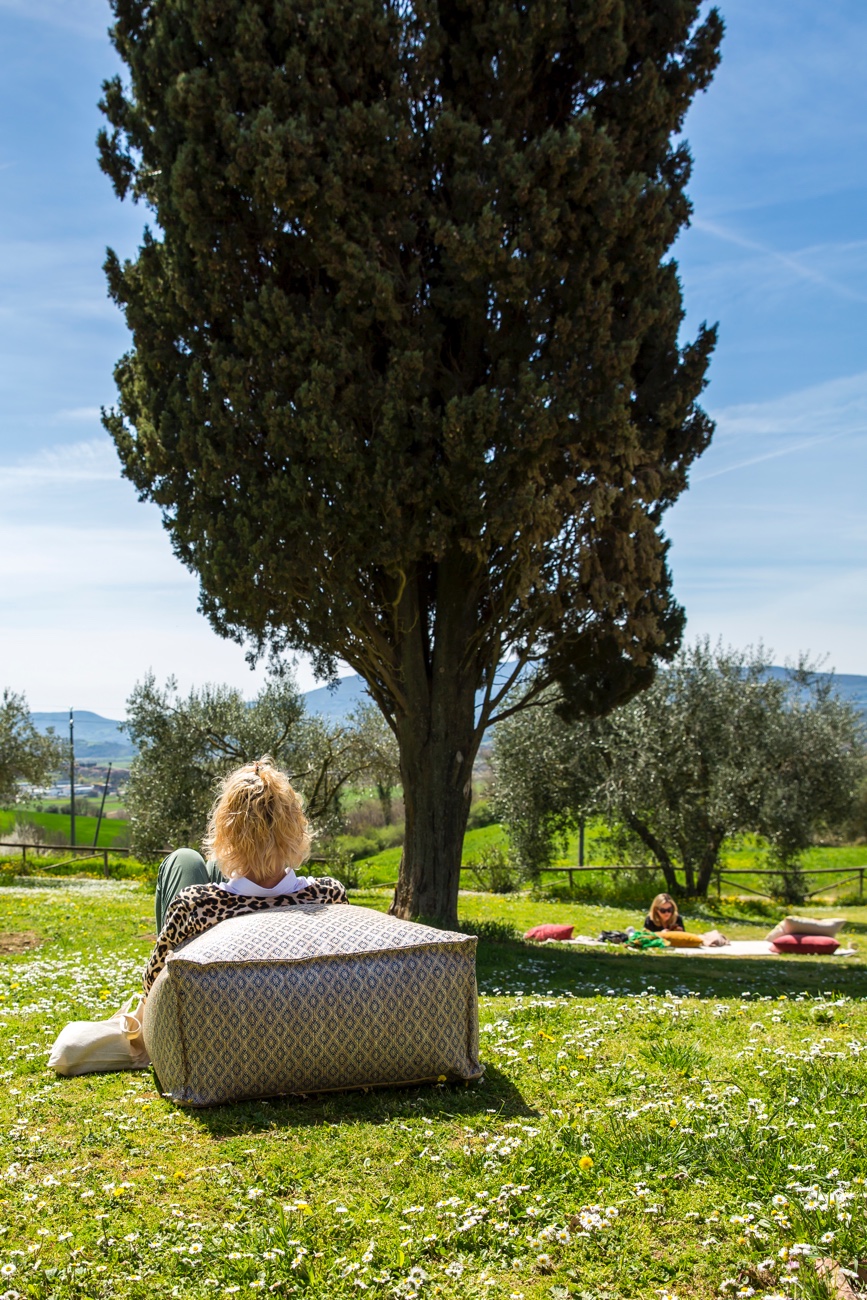
Day Four: 700-800 calories, rest and sound vibration bath
I throw up. Waking up with a stomach cramp, I try to kill it with water, which probably means I drink too fast for my stomach to handle. However, my dedication to a cold dip is unperturbed and we head back to the lake.
The fast has fully kicked in now and my body is very confused by the time breakfast (more blueberries and about half an avocado) comes around. We eat at 10am each day to ensure a 14-hour gap between meals.
Rest is important, I’m told (even though I feel as if I’ve had enough rest for a lifetime over the past couple of years), so we laze on the lawns comparing war stories from the long months that brought us all here.
Next is the sound bath. I find out there is no bathtub involved. The gongs and chimes are like a little soundtrack to whatever thoughts and feelings seem to fit the changing mood and it’s surprisingly enjoyable. To compound my masculinity crisis, I fall asleep and wake up in the foetal position.
Dinner is stir-fried vegetables with cauliflower rice, followed by a very early night.
Day Five: 700-800 calories, nutritionist consultation and treatments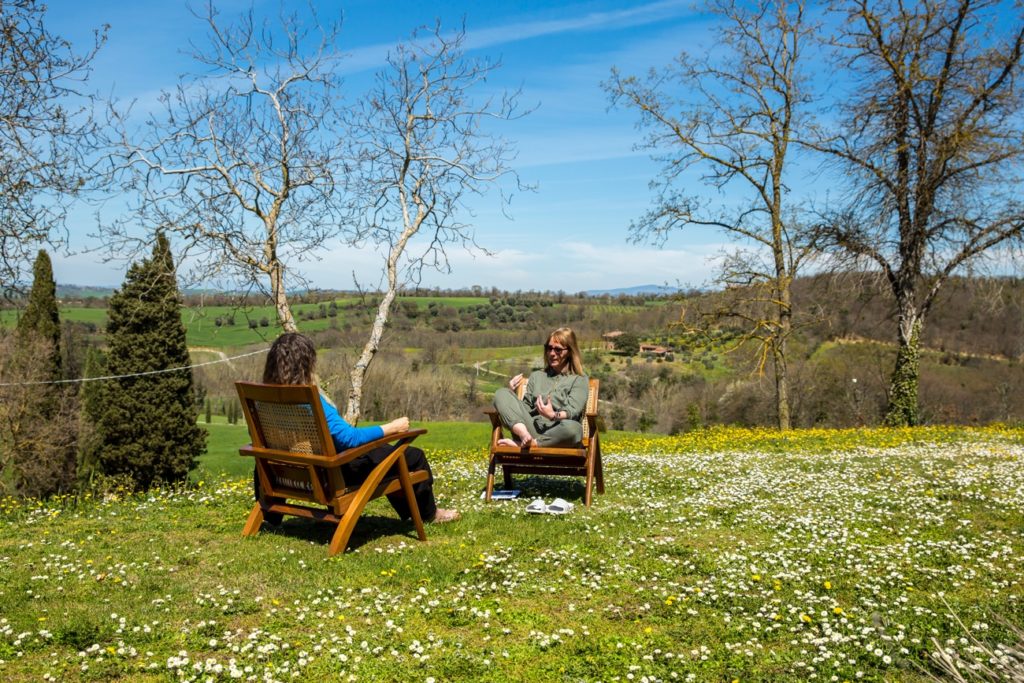
I notice a decrease in belly fat and water weight. I wonder how long before I start resembling Christian Bale in The Machinist (the actor lost 4½ stone for his role of an emaciated insomniac). I have a consultation with Michelle, who stresses the importance of avoiding excess sugars and carbohydrates that create glucose spikes and prompt inflammatory responses.
Baked aubergine and kale salad for dinner.
Day Six: 700-800 calories and an art history tour
We are again served about 20 blueberries, 3 walnuts and 2 Brazil nuts and my stomach pretty audibly objects to the fact that the diminutive women around me are all being fed exactly the same amount. I demand their blueberries. They laugh at me.
But I feel great. My energy levels are the best they’ve been since March 2020. The dizzy spells are fewer. I feel mental acuity and calm. My senses are heightened. It makes sense that ascetics, monks and religious groups use fasting. I’m convinced I’ve reached enlightenment.
We spend the afternoon on an art tour and the towns we visit look like film sets in the sunshine. Dinner is roasted butternut squash and beetroot salad.
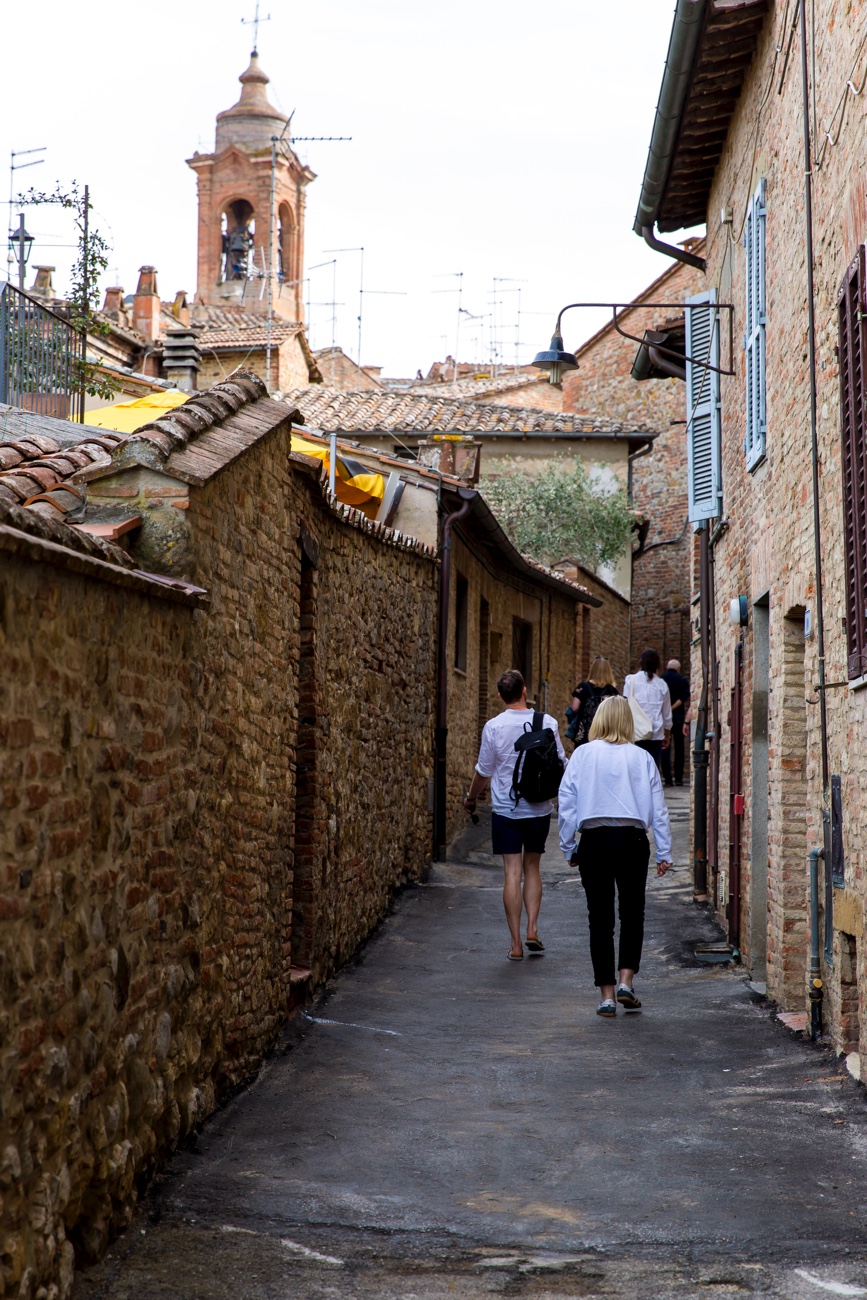
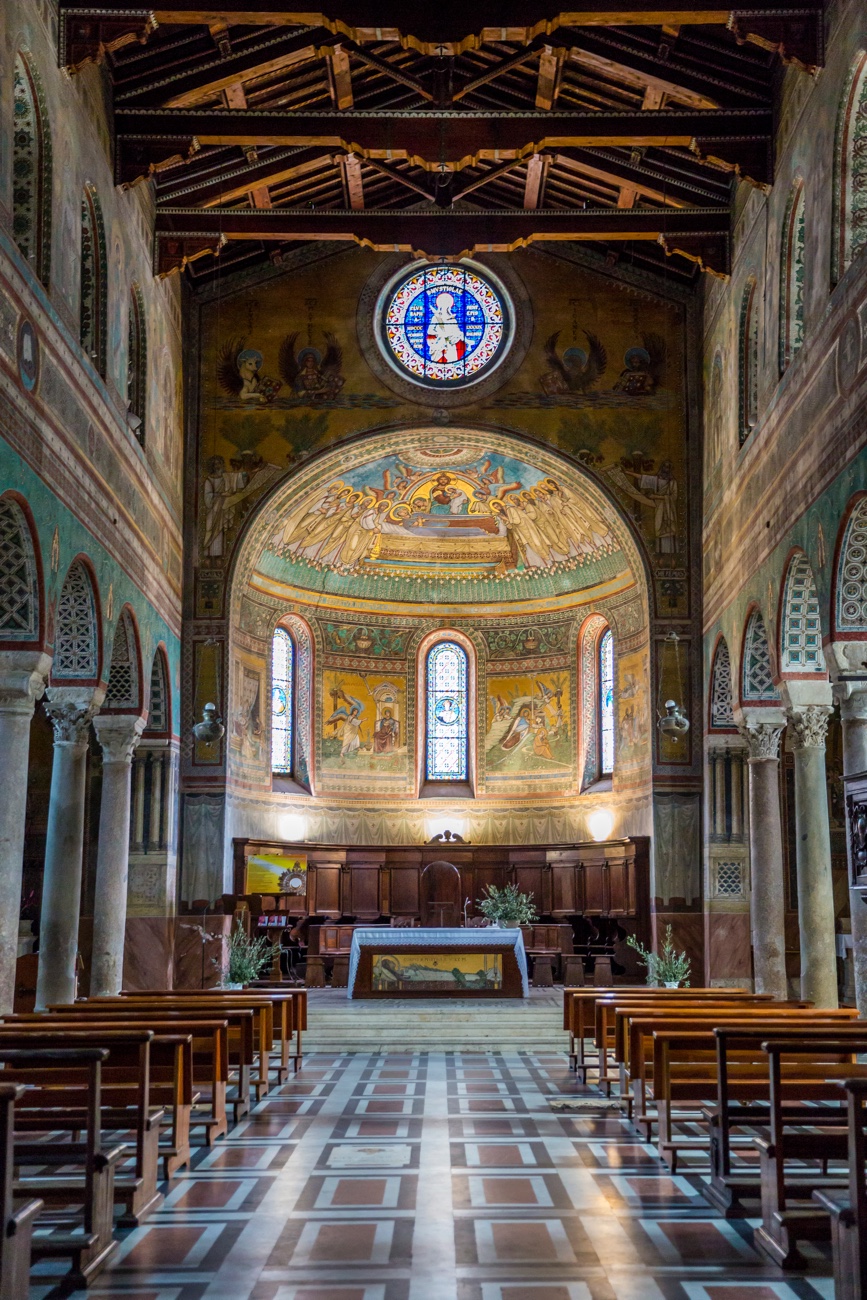
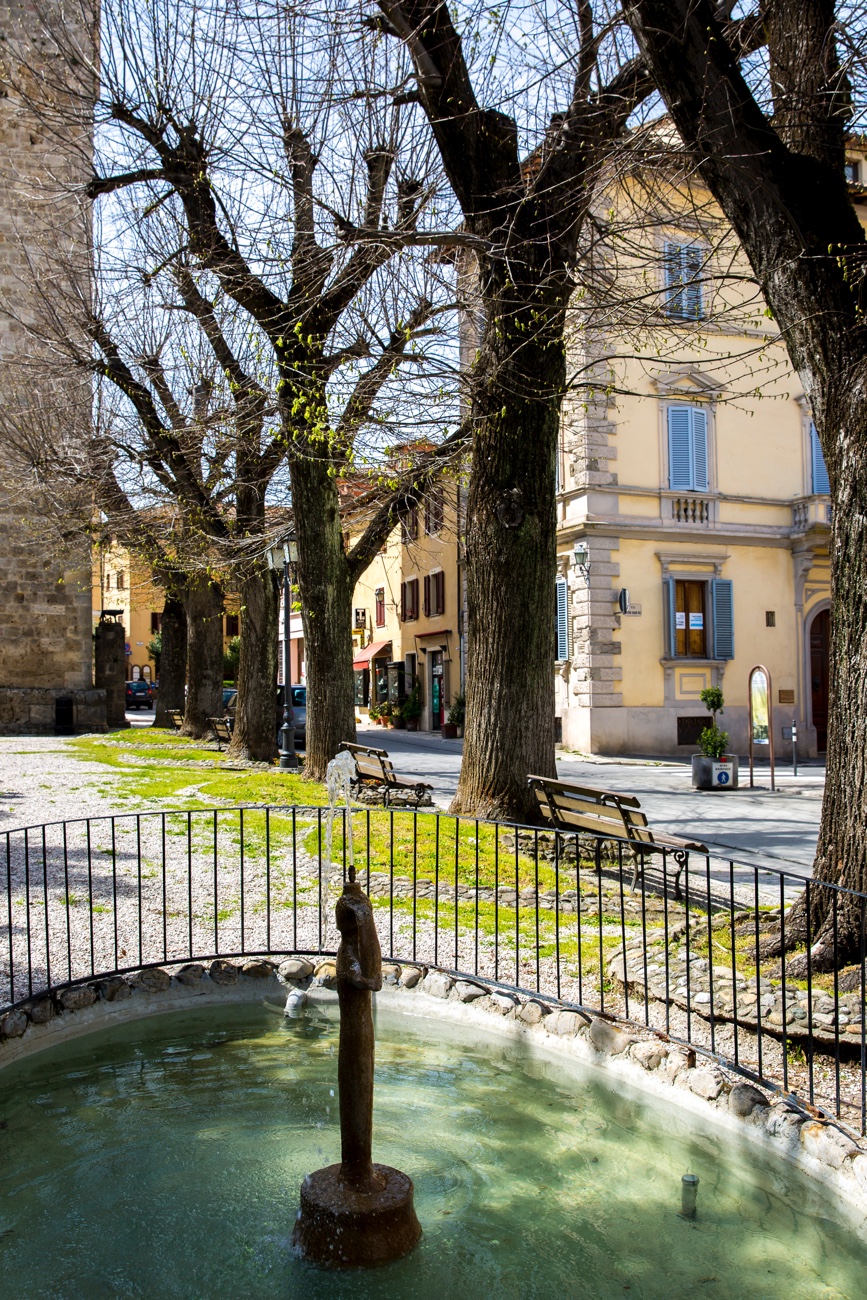
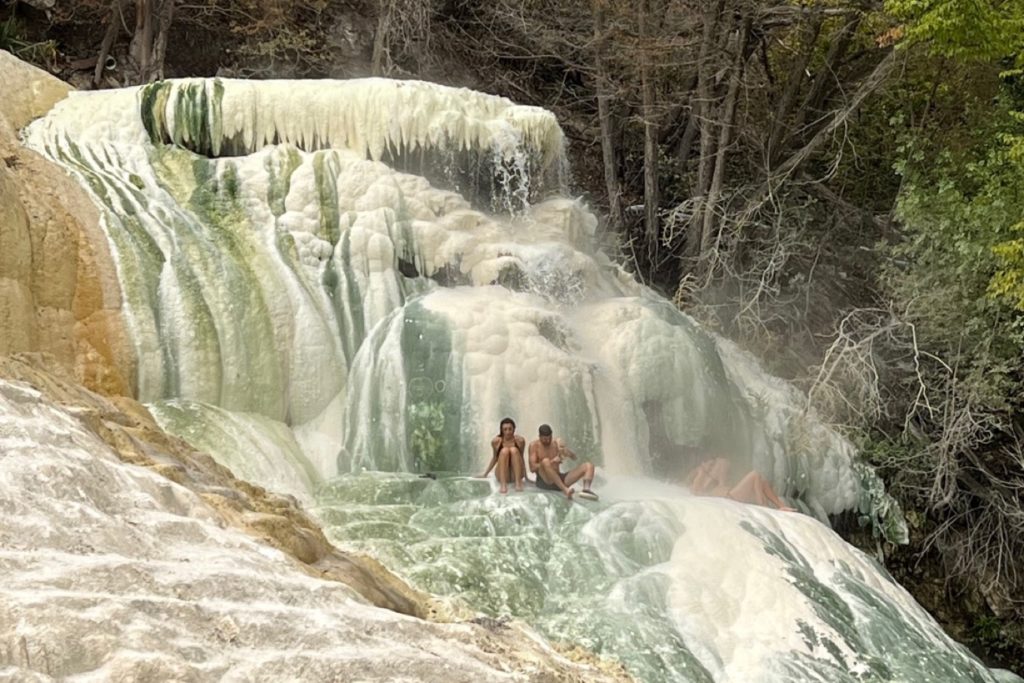 Day Seven: the breaking of the fast, a hot springs visit and an Italian restaurant meal
Day Seven: the breaking of the fast, a hot springs visit and an Italian restaurant meal
We eat! A spread of crackers, almond butter and strawberries with a chia seed pudding of berries, nuts and seeds in coconut milk. The irony is that nobody is all that hungry.
I have my last osteopathy treatment, which leaves me feeling more mobile. We head to the San Giovanni hot springs in Rapolano Terme. That night, we eat on a beautiful restaurant terrace as the sun sets behind Lake Trasimeno. I demolish an enormous steak.
——————————
Back home, it is hard to separate out which treatment has done what and how much is down to convalescence and the psychosomatic impact of being in a beautiful place getting pampered, but much as I expected it to be, this really isn’t hoodoo. There is growing medical consensus that much of the long-term impact of Covid stems from a cytokine storm, an explosion of inflammation through white blood cell activity that jolts organs, systems and body functions in an overenthusiastic defence that can have crippling effects.
Studies of fasting have shown it reduces inflammation and helps cells, including stem cells, to regenerate, as well as turning off the body’s generation of fats and cholesterol – reducing their levels in the blood – which can also cause inflammation in the longer term.
A month on, I’ve completed a phased return to full-time work and built up to regular exercise. I stick broadly to the food Michelle gave us (low-carb, low-sugar, smaller meals) and take vitamins C and D and zinc, as well as my cold water swimming. I can’t say whether it was rest, the care, the diet or a touch of hippy voodoo, but I’ve made improvements that seemed impossible a couple of months ago. I have no guarantee I won’t be blighted by the virus again, but if I do I wouldn’t hesitate to spend another week being massaged, starved and sound-bathed back to life.


